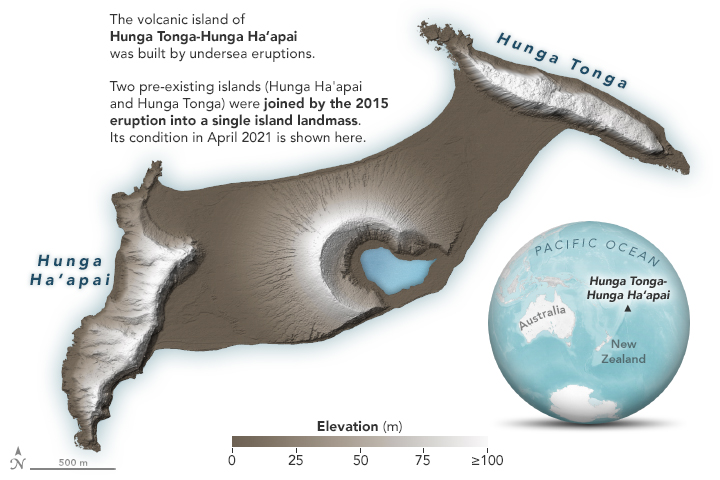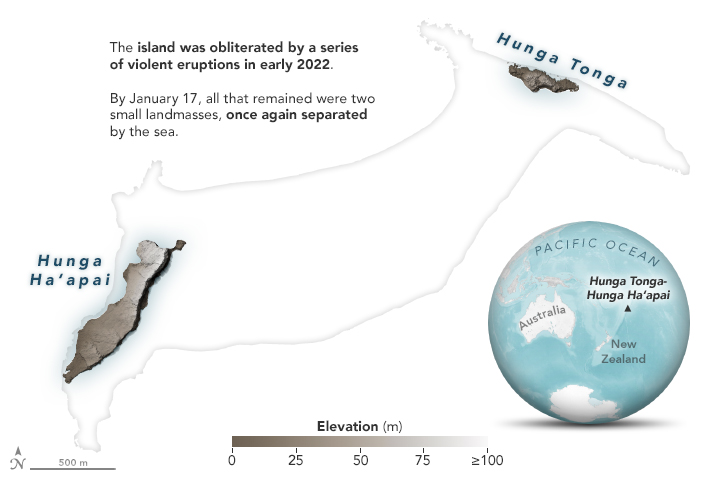
Earth, the water planet. Its lakes, rivers, and oceans hold a crucial element for life. Earth-orbiting satellites help us track and better understand how this water moves around the globe. #WorldWaterDay
Groundwater – hidden from plain sight – is a vital source of water that can be difficult to track. The GRACE-FO mission detects subtle changes in Earth’s gravity caused by the movement of water, like from groundwater and polar ice. go.nasa.gov/37SVSi3 

Our favorite fruits, veggies, and grains depend on water. @NASA missions like SMAP and ECOSTRESS monitor soil moisture and drought, giving farmers a more complete picture and informing agricultural decisions. go.nasa.gov/3Nboljd 

Climate change is making droughts more frequent and severe. Water managers across the U.S. turn to several @NASA tools that help tackle drought and manage increasingly limited water supplies. go.nasa.gov/3uiqDVd 

If you need a little something else to snack on, build a tasty cheese board with the help of one critical element – water. NASA data included.
• • •
Missing some Tweet in this thread? You can try to
force a refresh

















